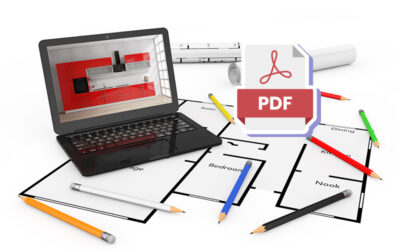 In any organization, information should be well managed for the smooth functioning of the business. Data processing and management is therefore vital from the point of view of avoiding paper clutter, ensuring high productivity and staying compliant. Scanning and digitizing documents is a reliable solution to address these issues. Automation ensures improved accessibility, and is a safe and secure alternative to physically storing paper records.
In any organization, information should be well managed for the smooth functioning of the business. Data processing and management is therefore vital from the point of view of avoiding paper clutter, ensuring high productivity and staying compliant. Scanning and digitizing documents is a reliable solution to address these issues. Automation ensures improved accessibility, and is a safe and secure alternative to physically storing paper records.
When managing huge volumes of paper in-house becomes stressful and out of hand, the task can be outsourced to a reliable document image conversion service provider. However, the selection of the provider should be done with great discretion if you are to enjoy the full benefits of outsourcing.
What to Look for in Your Document Imaging Service Provider
Adequate Planning
First of all, your service provider should analyze and understand how you conduct business and your challenges in running the business. They should study the key users and departments of the company to recognize the specific use of document imaging. The location and duration of file storage, type and origin of documents, technology considerations/preferences are other aspects they should take into consideration while planning. In addition, the vendor should have a clear idea regarding your limitations and how it can be faced.
A good service provider will strive to understand the perspective of the client before delivering service. When it comes to document imaging systems, the provider should design a system that integrates ideally with the user’s work environment, without affecting operations and processes. The client’s perspective on how the documents can be viewed, printed, or faxed should be considered.
Easy Access to Digitized Content
Digitization of important business data is a proactive way of satisfying both business interests and compliance. Content in paper-based documents can be easily accessed after performing two important functions, digitizing and indexing. It is easy to retrieve the required files, once they are assigned indexed values. If remote capture is required, automation techniques such as OCR technology, forms recognition, or bar coding are employed.
Enhanced Security Controls
Documents in digital format reduce security issues and unwanted clutters. Archiving paper-based information in electronic format usually involves the complete analysis of current documents to determine which are to be scanned and which are to be preserved. Professional document scanning companies have a lot of advanced capabilities such as advanced workflow, improved disaster recovery options, automated purging, comprehensive audits/tracking reports, enforced compliance standards, and outstanding security controls.



